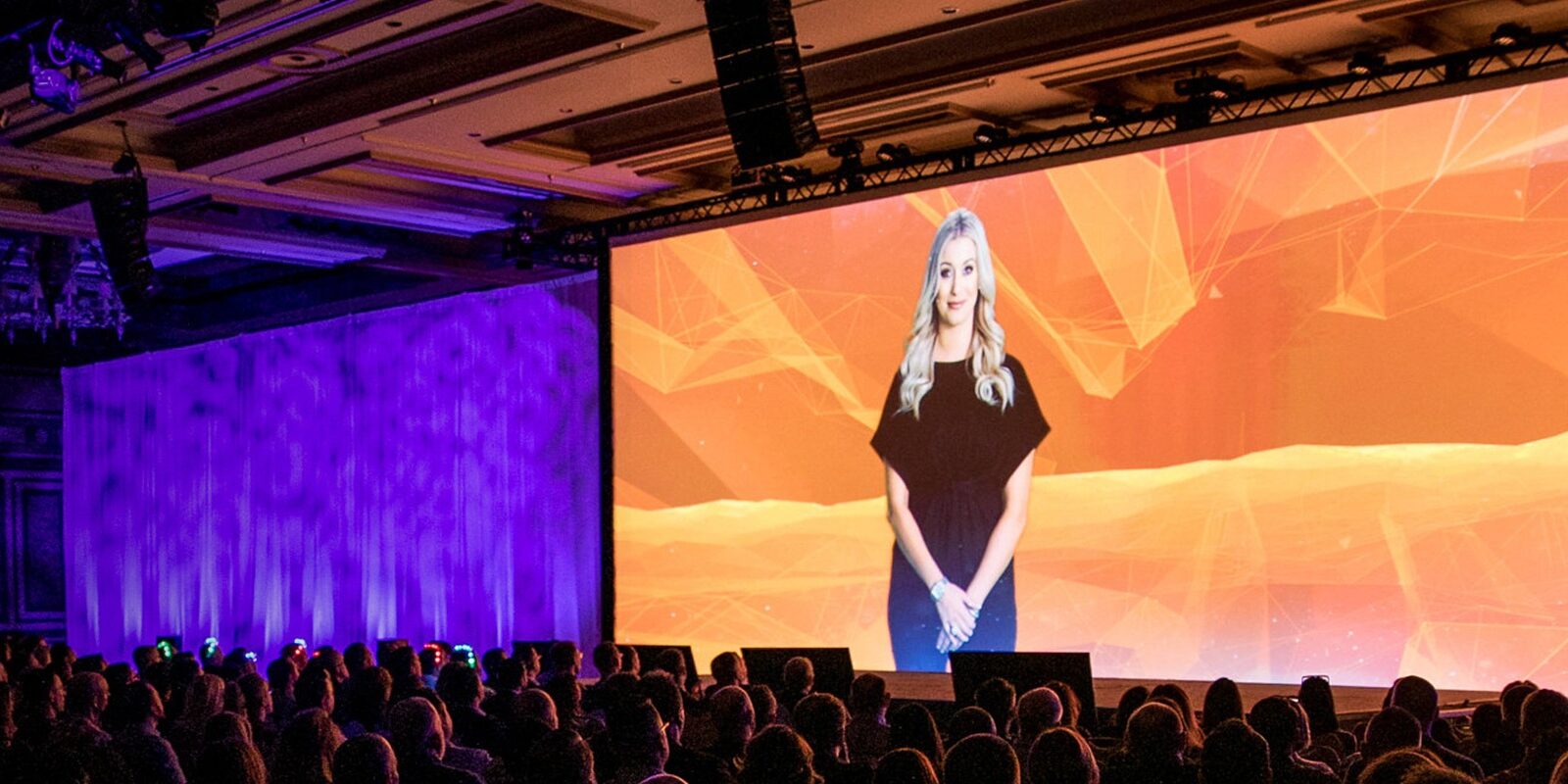The Essential Function of Calibration in Guaranteeing Optimal Functionality and Visual Standards of Light Emitting Diode Video Walls
Wiki Article
Calibration is an crucial procedure for guaranteeing that LED display walls function at their best and deliver high-quality images. LED display walls are made up of many individual panels that work together to create a larger image. When these panels are not adequately adjusted, the hues and luminosity can look inconsistent, which can affect the overall viewing experience. Calibration assists to adjust the settings of each single panel so that they align perfectly, creating a seamless and dynamic presentation. This procedure is vital for occasions like concerts, conferences, and advertising, where image quality is essential to engaging the audience.
One of the primary factors calibration is important is that it helps to attain hue accuracy. Different LED screens can generate different shades of hues, which can lead to a discrepancy in the overall picture. For instance, if one panel displays a bright crimson while another shows a faded version of the same hue, the final picture will look disjointed. Calibration involves modifying the color settings of each panel to ensure that they all show the same hues accurately. This is especially important for applications where exact color representation is essential, such as in art displays or corporate advertising.
Brightness is another key factor that calibration tackles. LED panels can vary in luminosity due to differences in manufacturing or surrounding conditions. If some panels are more luminous than others, it can create a distracting impact for viewers. Calibration assists to balance the brightness levels across all panels, ensuring that the whole video wall has a uniform look. This is particularly important in big venues where illumination conditions can change, as a properly adjusted video wall will maintain its visual quality irrespective of the surrounding light.

In furthermore to hue and brightness, calibration also improves contrast and clarity. Contrast refers to the difference between the darkest find this and brightest parts of an picture, while sharpness affects how distinct and sharp the image appears. Proper calibration can enhance both of these elements, making the images more captivating and easier to see. This is especially advantageous in settings where viewers are at varying ranges from the panel, as a well-calibrated video wall will ensure that all viewers can enjoy a clear and dynamic picture.
Finally, regular calibration is essential to preserve the performance of LED video walls over period. As panels age, their color and luminosity can deviate, leading to a decline in visual quality. By regularly calibrating the video wall, operators can ensure that it remains to provide optimal performance. This not only improves the observing encounter but also extends the lifespan of the technology. In conclusion, calibration is a vital procedure that ensures LED video walls deliver the highest possible visual quality, making it an necessary activity for anyone using this equipment.